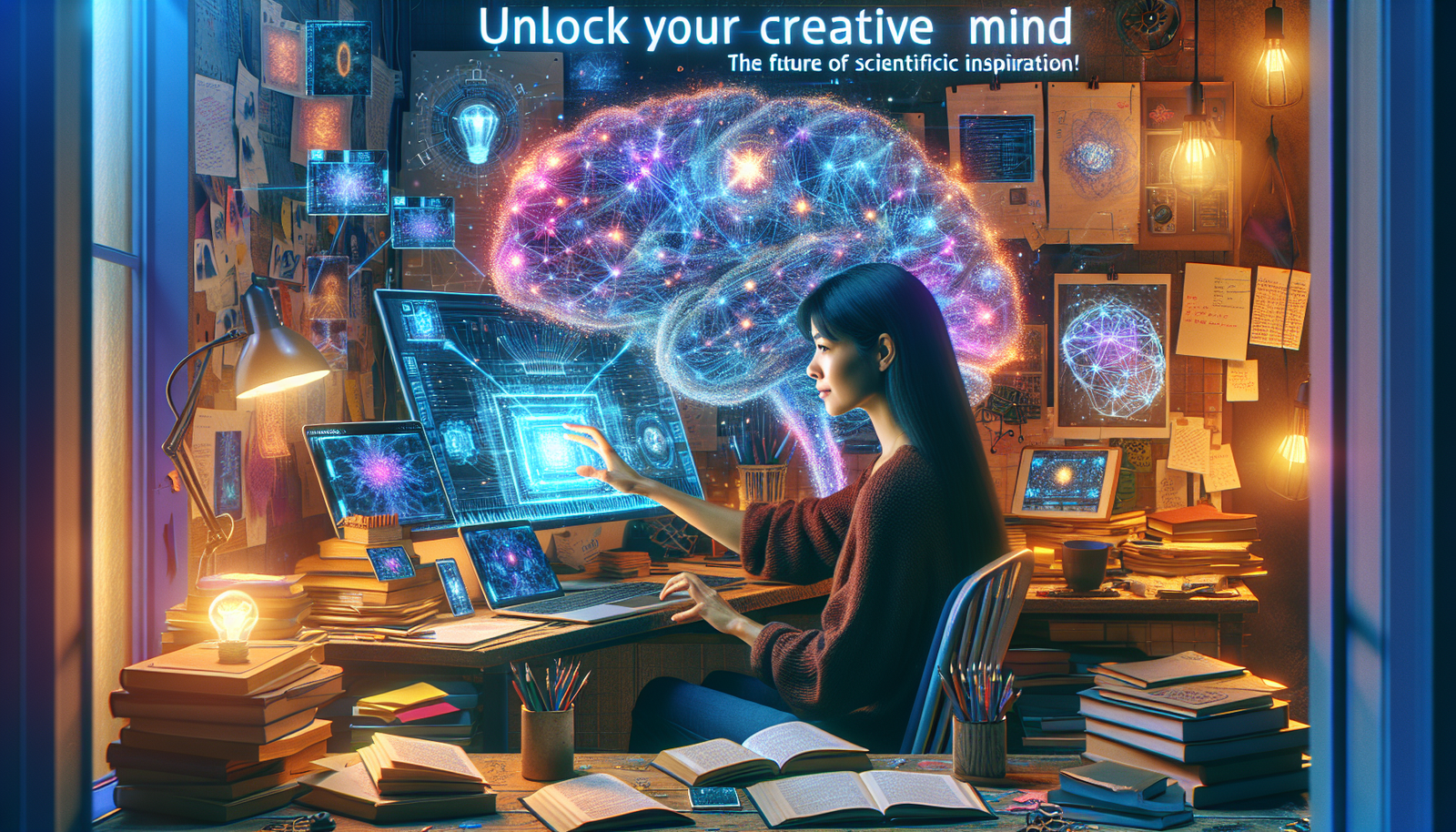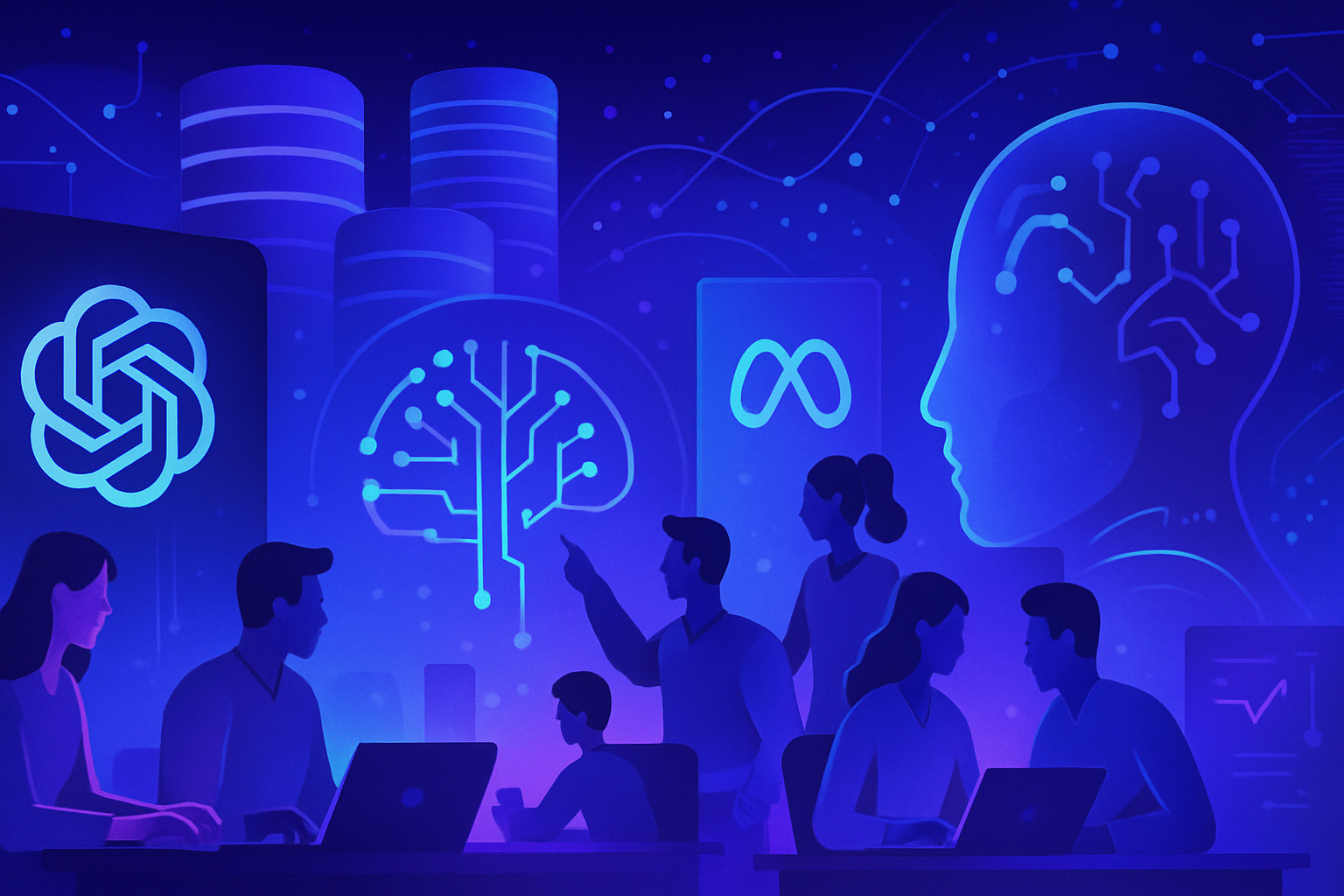Artificial imagination radically transforms scientific research. The “exocortex” emerges as a revolutionary innovation. This system promises to enhance the cognitive abilities of researchers, thus paving the way for unprecedented creativity.
The interface between humans and artificial intelligence allows for unimaginable possibilities. By combining the power of algorithms with human intuition, this technology sets new frontiers for scientific inspiration and innovation.
At the heart of this advancement lies innovative software designed to stimulate and enrich the creative process of scientists. The implications of the exocortex for research and human imagination are immense and stimulate deep reflection.
The Exocortex: A Revolution on the Horizon
The concept of exocortex represents an innovative advance in the field of artificial intelligence. This system, envisioned as a new layer of intelligence, expands human cognitive capabilities. Unlike simple chatbots, the exocortex is designed to interact with researchers smoothly, without the use of invasive interfaces connecting human brains to machines.
Functioning of the Exocortex
An exocortex functions through a set of specialized artificial intelligence agents, each offering distinct advantages. These agents collaborate and orchestrate complex tasks, thereby increasing the efficiency of scientific experiments. Each agent can be assigned specific missions, such as literary exploration or analysis of experimental data.
A Tool for Inspiration and Creativity
This new arrangement promises to stimulate not only research but also imagination. The exocortex could make those precious “aha” moments in research more frequent. By facilitating instant access to information and analyses, this tool could provide scientists with a reservoir of innovative ideas.
Practical Applications and Revolutionary Potential
The applications of the exocortex are vast. At the Brookhaven National Laboratory, researchers are already integrating this technology to automate experiments. In this way, the discovery of new materials becomes faster and more targeted. Researchers are working to develop a digital scientific companion capable of conversing in natural language and assisting in conducting experiments.
The Agents of the Exocortex
The diversity of agents included in the exocortex is fascinating. An agent dedicated to scientific literature could analyze existing publications to extract optimal protocols. On the other hand, specialized agents can launch experiments or compare results with previous studies. This multifaceted approach paves the way for a more efficient and dynamic scientific research.
Toward a System of Interconnected Agents
The vision of building an exocortex relies on the interconnection of agents. By allowing agents to communicate with each other in plain language, researchers will be able to follow the reasoning leading to specific conclusions. This transparency is essential for validating results and ensuring scientific rigor.
Challenges of Realization
The design of an exocortex faces significant technical challenges. Creating a cooperative network of AI agents will require concerted efforts from the international scientific community. Identifying the optimal structure for these agents, whether hierarchical or more flexible, constitutes one of the major challenges of this research.
The Future of the Exocortex
Aspirations for the exocortex go beyond scientific research. This system could inspire the integration of AI into various aspects of daily life. In a few years, a personal exocortex could orchestrate a variety of activities, from appointments to travel routes, basing its recommendations on user preferences.
Impact on Inclusion and Accessibility
With the emergence of the exocortex, access to science could significantly democratize. Language and technical barriers will diminish, allowing diverse communities to participate in scientific research. This increased accessibility could transform the landscape of innovation and enrich the sharing of knowledge within the scientific community.
Future Development Perspectives
Researchers envision a future where every scientist could benefit from a personalized exocortex. Thus, innovations will spread rapidly through unprecedented cooperation between AI agents and users. The anticipation of such technology opens a promising horizon, where the synergy between the human mind and artificial intelligence could redefine the boundaries of creativity and innovation.
Frequently Asked Questions
What is the exocortex and what role does it play in stimulating artificial imagination?
The exocortex is a concept that refers to an external information processing system that connects to the human brain. It aims to amplify human intelligence by incorporating artificial intelligence agents that assist in scientific research and creativity.
How can the exocortex transform the creative process of researchers?
By integrating specialized AI agents, the exocortex allows researchers to benefit from new perspectives and ideas, thereby facilitating the emergence of creative innovations. It simulates “aha” moments by proposing solutions to complex problems in an interactive manner.
What types of artificial intelligence agents will compose an exocortex?
An exocortex may comprise various agents designed to accomplish specific tasks: data analysis, searching scientific literature, conducting experiments, and generating creative ideas. Each agent will contribute with its particular skills.
How does the exocortex interact with users?
Users will interact with the exocortex through natural language, facilitating communication and access to different analyses and recommendations from AI agents without the need for complex interfaces.
What are the ethical implications of using the exocortex in scientific research?
The ethical implications concern transparency in AI decision-making processes, respecting intellectual property, and the need for human oversight to ensure that technological advancements do not compromise scientific objectivity.
How could the exocortex influence collaboration among scientists?
This system could encourage a more efficient sharing of knowledge and resources by enabling researchers to access shared tools and data, thus facilitating interdisciplinary collaboration and the advancement of science.
What is the ultimate goal of creating an exocortex for researchers?
The main objective is to transform how researchers interact with information, allowing them to generate innovative ideas and accelerate the scientific discovery process while making research more accessible and interactive.
What could a user interface of an exocortex look like in a daily context?
In a daily context, a user interface for an exocortex could take the form of an application or wearable device, allowing users to receive personalized recommendations, plan tasks, and even manage scientific projects with minimal manual intervention.






